Newborn Playpens are great for keeping newborn safe while they're awake, but there are risks associated with using them at night. Read this article to learn how to choose the right playpen for your baby.
But are playpens safe for newborns? Here's everything you need to know about playpens.
Playpens are designed to keep newborn safe by preventing them from falling out of bed or getting into dangerous situations. They provide a barrier between the newborn and any potential hazards in the room, such as furniture, electrical cords, and other items that might pose a danger.
Material
At present, the main materials of newborn playpen on the market are plastic, wood, fabric, and PU leather.
Plastic: The plastic material is rich in shape and stable in structure. Generally made of HDPE and PP (HDPE is less transparent but smoother than PP), plastic is currently the most popular style on the market.
Wood: The paint and workmanship are more exquisite, and the price is expensive.
Fabric: Lightweight and foldable, but structural instability requires frequent care.
PU leather: soft but poor permeability and simple style.
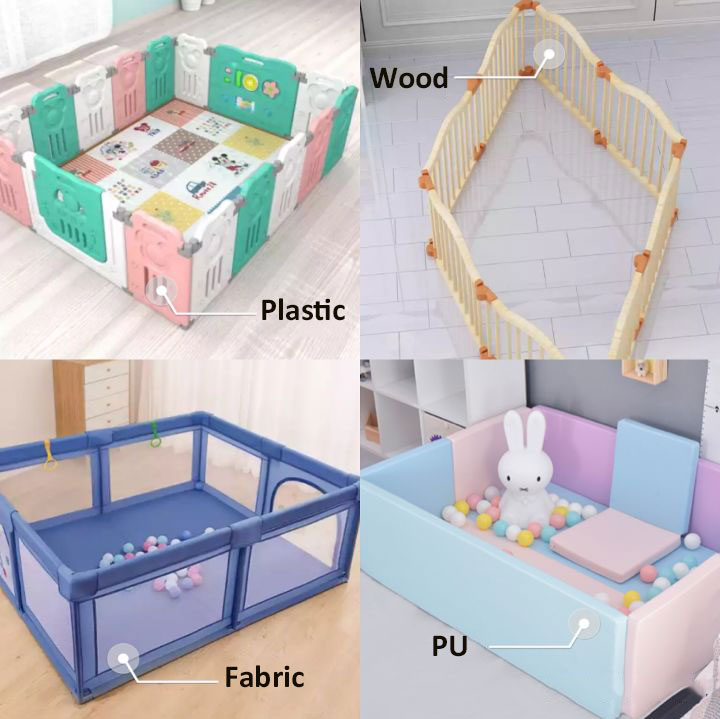
Non-slip
Suction cup: The ground needs to be flat, and its anti-slip effect is better.
Silicone pads: can adapt to a variety of ground environments, and the anti-slip effect is worse than that of suction cups.
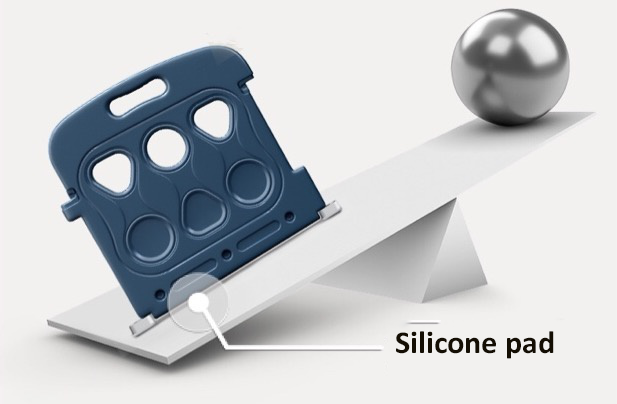
Connection method
At present, the most mainstream connection method is the bolt type, which does not require the use of circular bolts with screws, and the polygonal bolts with more abundant splicing shapes.
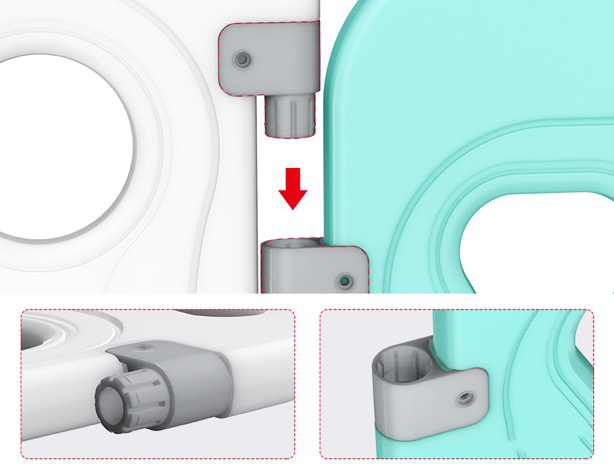
Newborn Playpen height
The height of the Newborn Playpen recommended by the American Academy of Pediatrics is 60cm+, and most of the current brand plastic handrails can reach 60cm.
other aspects
Minimize footing points to reduce climbing hazards.
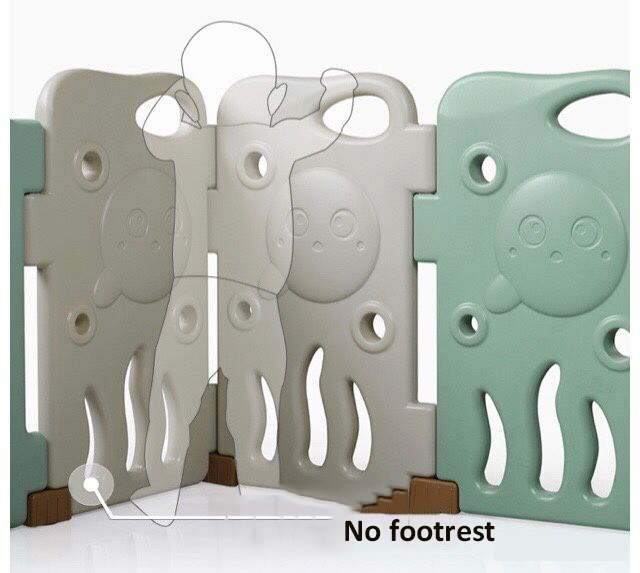
Add more puzzle functions, such as rich and interesting patterns, equipped with rotating slides, etc.
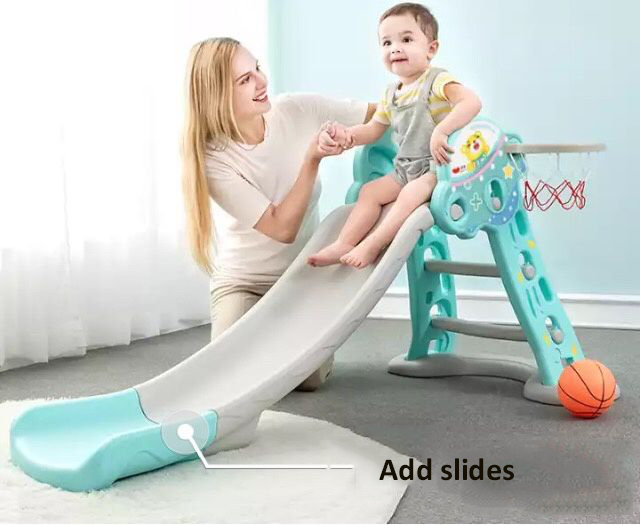
External safety door lock can prevent accidental opening.
|